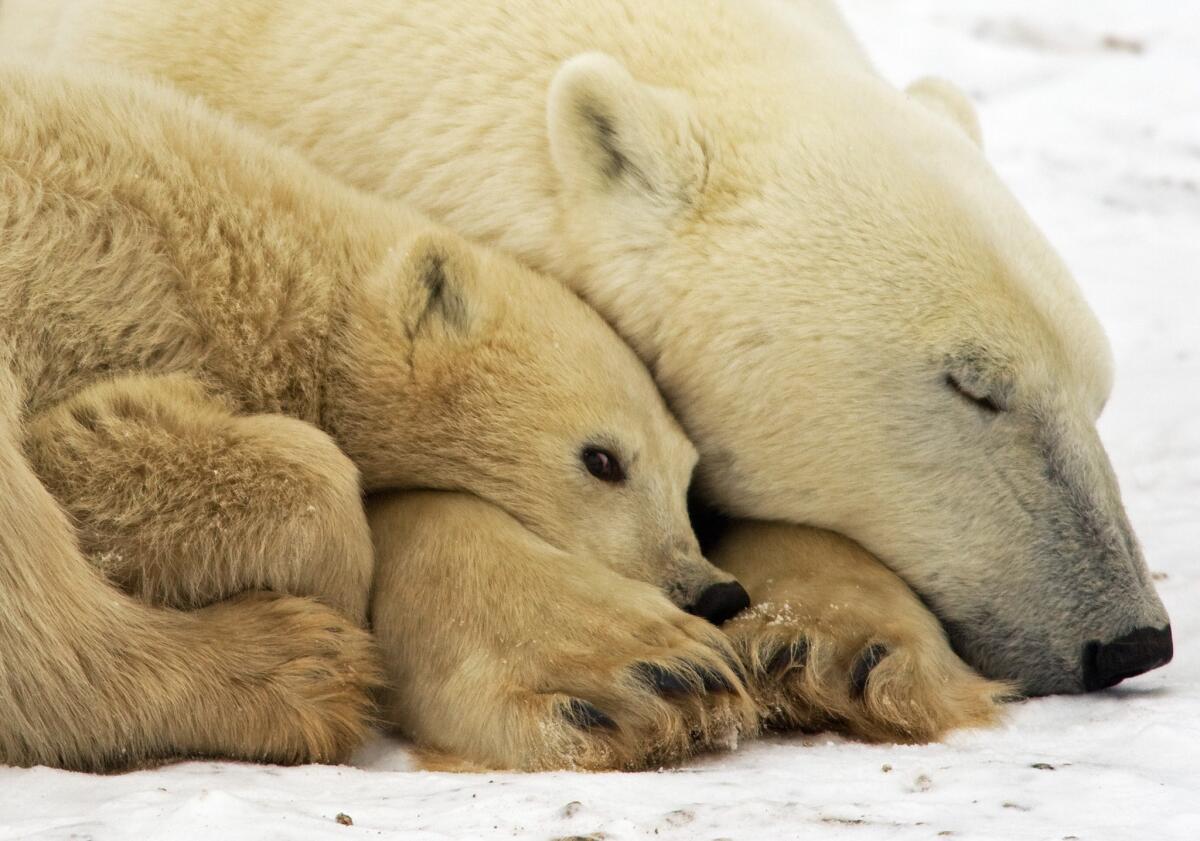Should nature have the right to sue us?

Corporations have it. So do infants before they can walk, children, even oceangoing vessels. It’s the right to bring a lawsuit in their own name. More attention is being given to the question of whether wild animals, valleys, rivers, meadows or mountain ranges--in short, nature herself--should have standing to appear as plaintiffs in court.
The question is cogently addressed by University of Idaho environmental historian Adam Sowards in the latest issue of High Country News, a Colorado-based environmental journal.
Nature already can be represented in court by environmental groups such as the Sierra Club, Sowards observes. But in an era of global climate change and unprecedented threats to society and the ecosystem, he suggests, more may be needed. “Environmental crises require serious changes in governance and legal systems and, arguably, in morality,” he writes.
The argument is that giving inanimate objects standing in court deepens our respect for their right to “exist, thrive and evolve,” in the words of the Oakland-based Earth Law Center. To put it another way, in recent years the Supreme Court has given corporations legal rights that go well beyond the right to be represented in court by lawyers--the right to unfettered political donations, for instance (the Citizens United case, 2010), or for their religious beliefs to be honored (the Hobby Lobby case, 2014). Why shouldn’t wildernesses and their denizens have their own standing?
Sowers traces the concept of nature’s standing to a celebrated dissent by Supreme Court Justice William O. Douglas in the 1972 Mineral King lawsuit, in which the Sierra Club moved to block the Walt Disney Co.’s plans for a ski resort in the Sierra wilderness. The case ultimately broadened the right of environmental groups to sue on behalf of undeveloped nature, but Douglas advocated going much further.
He called for fashioning “a federal rule that allowed environmental issues to be litigated before federal agencies or federal courts in the name of the inanimate object about to be despoiled, defaced or invaded by roads and bulldozers.... Contemporary public concern for protecting nature’s ecological equilibrium should lead to the conferral of standing upon environmental objects to sue for their own preservation.”
He pointed out that “a ship has a legal personality, a fiction found useful for maritime purposes.... The ordinary corporation is a ‘person’ for purposes of the adjudicatory processes, whether it represents proprietary, spiritual, aesthetic or charitable causes. So it should be as respects valleys, alpine meadows, rivers, lakes, estuaries, beaches, ridges, groves of trees, swampland or even air that feels the destructive pressures of modern technology and modern life.”
Douglas’ words were taken as an inspirational beacon, rather than becoming enshrined in practical law. Over the years, others attempted to bring to fish or wildlife the rights of plaintiffs in their own names. In 2004, a lawyer sued the U.S. Navy to cease oceanic sonar testing in the name of the “cetacean community”--that is, all the world’s whales, porpoises and dolphins.
The 9th Circuit U.S. Court of Appeals pondered the point, and rejected it. But it was a close call. As the court found, nothing in Article III of the U.S. Constitution, which governs standing, “explicitly limits the ability to bring a claim in federal court to humans.”
The problem merely was that Congress hadn’t bothered to grant standing to sue to animals under the Endangered Species Act or other environmental protection measures. “But we see no reason why Article III prevents Congress from authorizing a suit in the name of an animal, any more than it prevents suits brought in the name of artificial persons such as corporations, partnerships or trusts and even ships, or of juridically incompetent persons such as infants, juveniles and mental incompetents.”
Sowards acknowledges that granting standing to inanimate objects or wildlife communities poses practical problems in court; it may be, moreover, that the existing grants of standing to environmental groups to represent nature may be enough.
But Douglas himself thought more was needed. The natural wondrs that receive the most advocacy are those accessible and familiar to humankind because they get hiked or canoed and portaged, or become the subjects of news-driven protection.
That may not be enough: “That is why these environmental issues should be tendered by the inanimate object itself. Then there will be assurances that all of the forms of life which it represents will stand before the court - the pileated woodpecker as well as the coyote and bear, the lemmings as well as the trout in the streams. Those inarticulate members of the ecological group cannot speak. But those people who have so frequented the place as to know its values and wonders will be able to speak for the entire ecological community.”
Keep up to date with the Economy Hub. Follow @hiltzikm on Twitter, see our Facebook page, or email mhiltzik@latimes.com.
More to Read
Start your day right
Sign up for Essential California for news, features and recommendations from the L.A. Times and beyond in your inbox six days a week.
You may occasionally receive promotional content from the Los Angeles Times.







